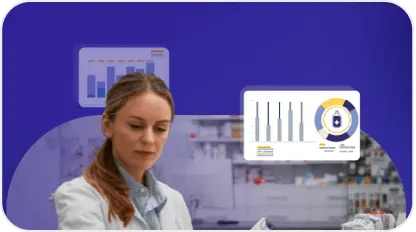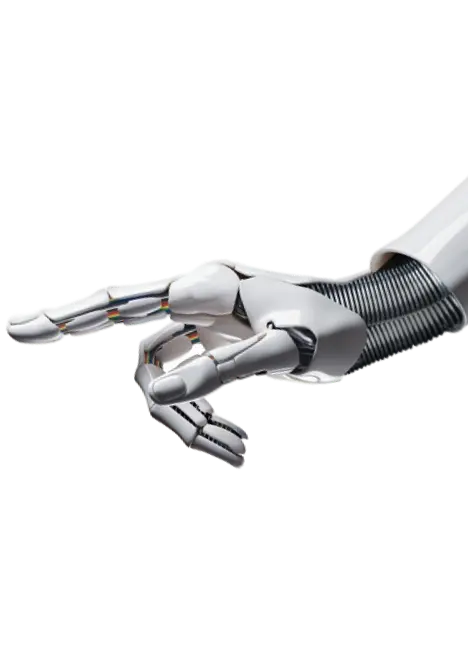Share your requirements and we'll get back to you with how we can help.
Thank you for submitting your request.
We will get back to you shortly.
A High AI-Q Partner for Accelerated Transformations
At QBurst, High AI-Q powers smarter software delivery, intelligent solutions, and an AI-ready workforce. Together, they fuel GPT—growth, productivity, and transformation—for your enterprise.

Our Solutions
Designed for Smarter, Faster, and Distinctive Outcomes
Our Focus
Industry-Leading Experiences
Explore All Industries
Industry-Leading Experiences
Through AI-Powered Engineering
 Retail
Retail
Transformational User Experiences
Match evolving customer demands and market dynamics with AI-powered digitalization and engineering expertise.

Real-time loyalty programs across geographies
View Case Study

Supply chain efficiency with accurate predictions
View Case Study
 Realty
Realty
Intelligent Realty Solutions
Support business growth through legacy modernization, smart upgrades, and intelligent automation.

Effortless complaint management with AI chatbot
View Case Study

Digitization improves broker productivity and accelerates deal flow.
View Case Study
 Healthcare
Healthcare
Pharmaceutical and Healthcare Solutions
Drive efficiency and speed to value with intelligent systems tailored for the health and life sciences sector.

Technical upgrades drive user adoption and system scalability
View Case Study

Smart bins to combat medicine shortages and overstocking
View Case Study
 Manufacturing
Manufacturing
Digital Transformation in Manufacturing
From differentiated experiences to lean operations, technology-driven changes that enable GPT.

Comprehensive system overhaul for performance and reliability
View Case Study

Improving gameplay through smarter robotics
View Case Study
 Hospitality
Hospitality
NextGen Hotel Experiences
From the front desk to marketing and operations, utilize technology to deliver exceptional hospitality. Leverage our AI expertise and in-house accelerators to create impact at speed and scale.

Scaling profitability through smarter distribution
View Case Study

Cloud innovation transforming guest services
View Case Study
Clients
View All
Our Services
Powering Growth, Productivity,
Powering Growth, Productivity,
and Transformation
 Experience Design
Experience Design
Delight your customers at every step of their journey.
Show More
 Applied AI
Applied AI
Deploy GenAI, ML, and NLP where they boost revenue and enhance service quality.
Show More
 Digital Engineering
Digital Engineering
Build high-performance systems with cutting-edge technology.
Show More
 Data Engineering and Analytics
Data Engineering and Analytics
Eliminate data chaos and power real-time analytics.
Show More
 Cloud
Cloud
Reduce technical debt and infrastructure sprawl through pragmatic cloud strategies.
Show More
 Digital Platforms
Digital Platforms
Move to future-ready platforms that scale with your business.
Show More
 Quality Engineering
Quality Engineering
Make quality your primary advantage, not an afterthought.
Show More
 Digital Marketing
Digital Marketing
Market your brand with AI-powered solutions and data-driven insights.
Show More
What’s New at QBurst
Explore



